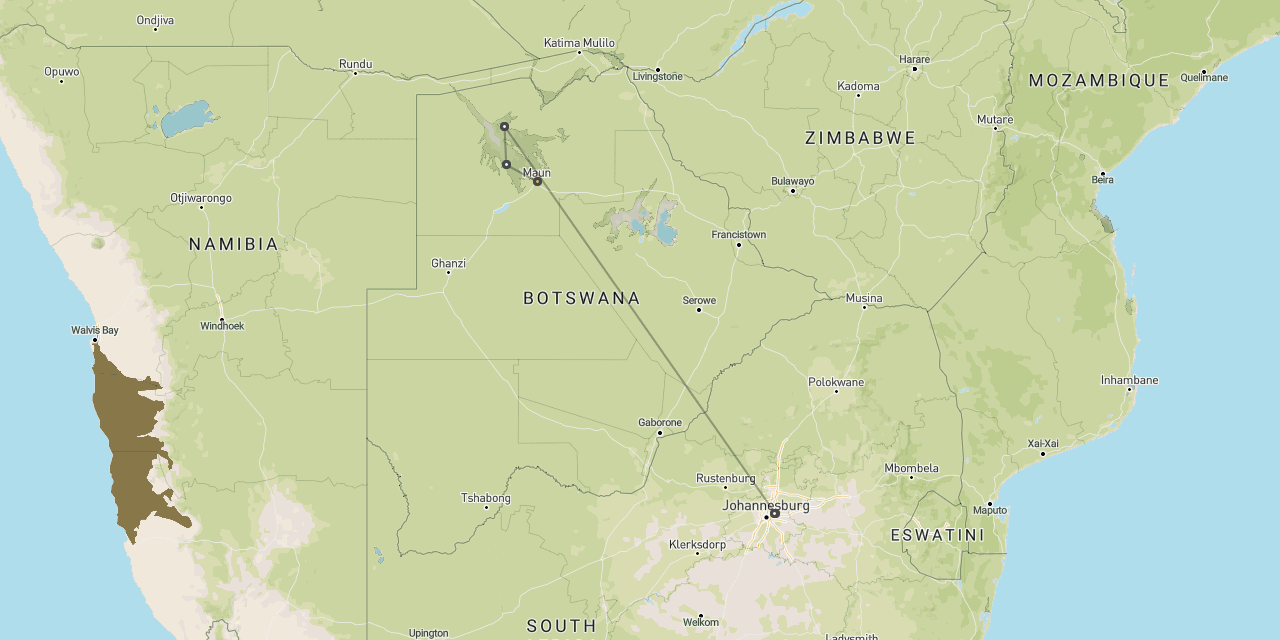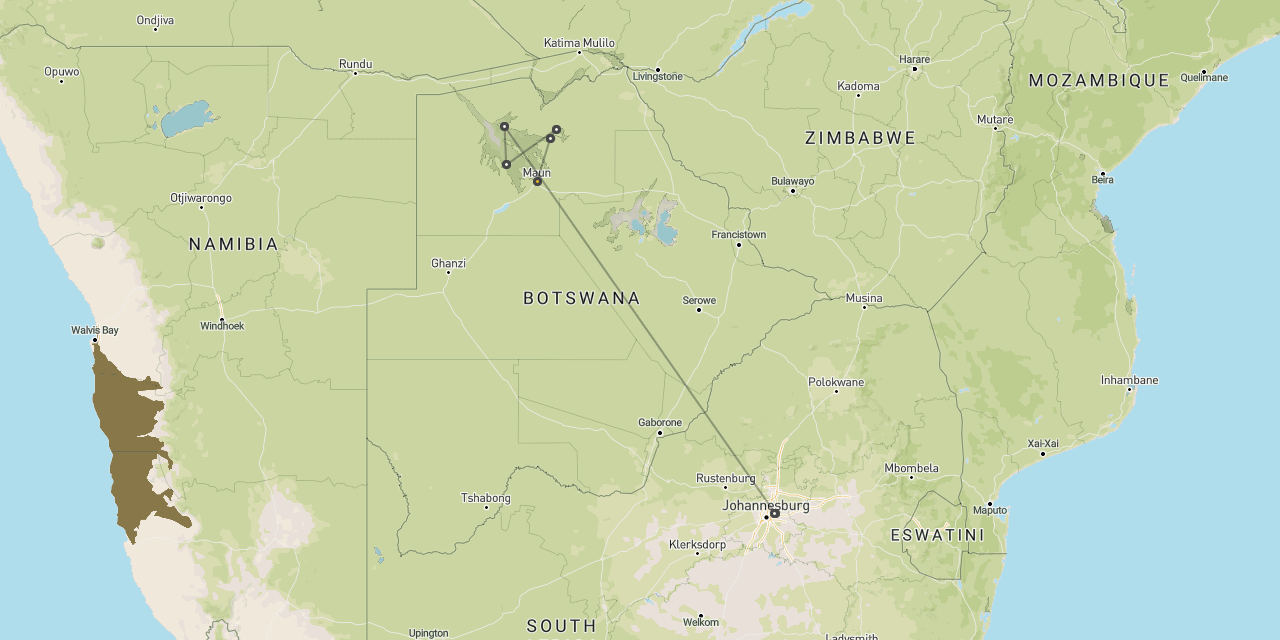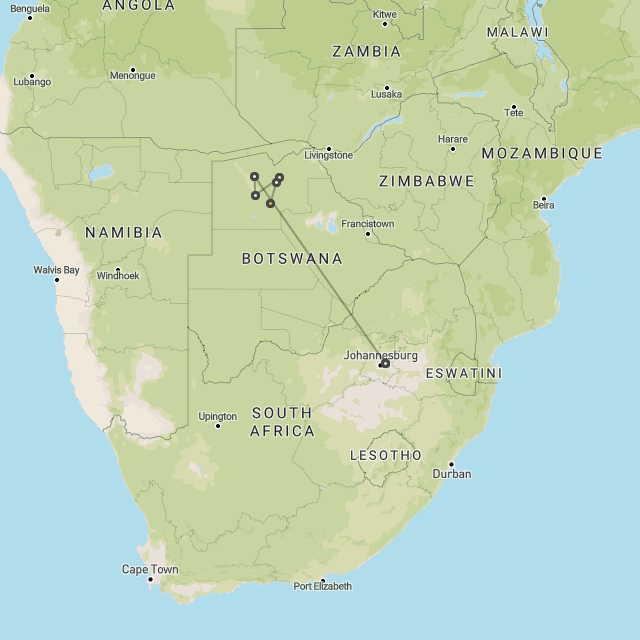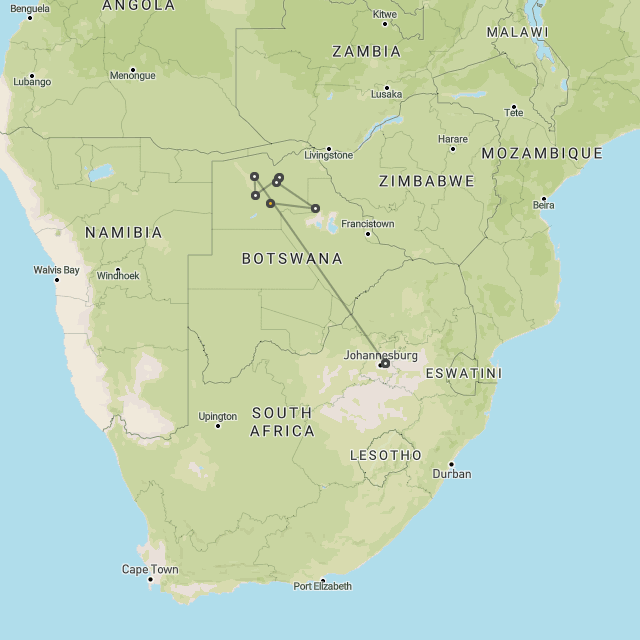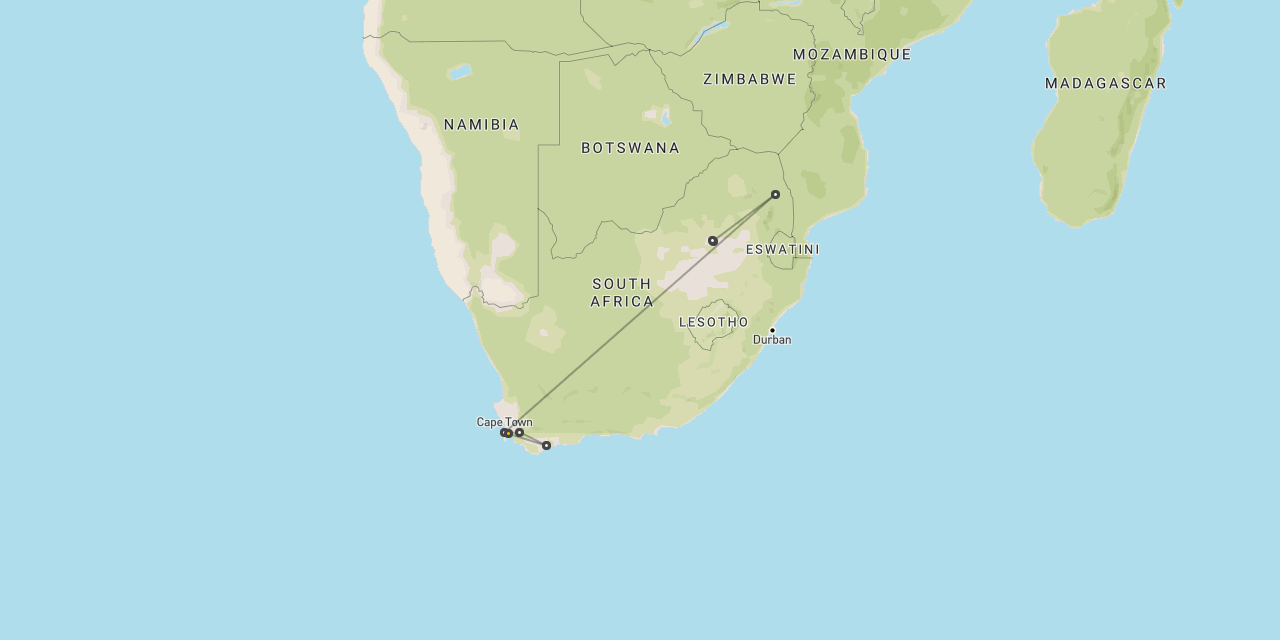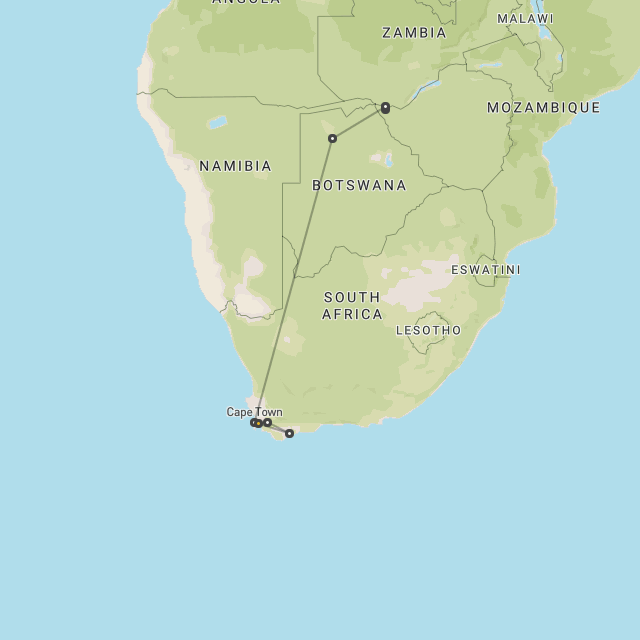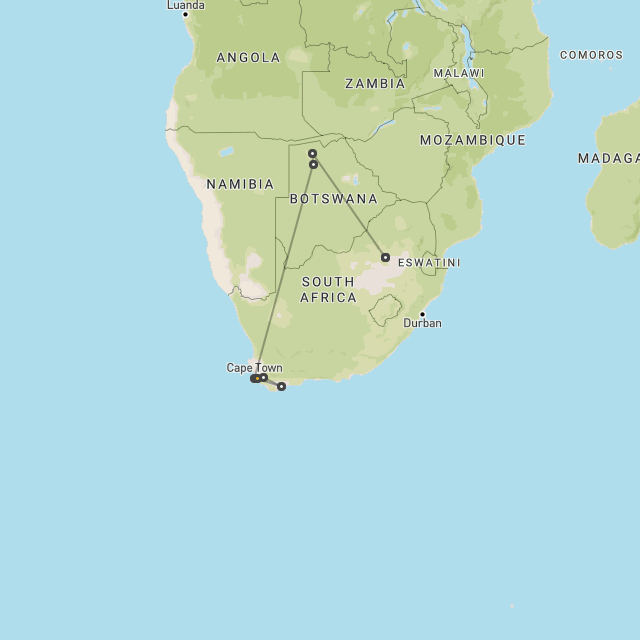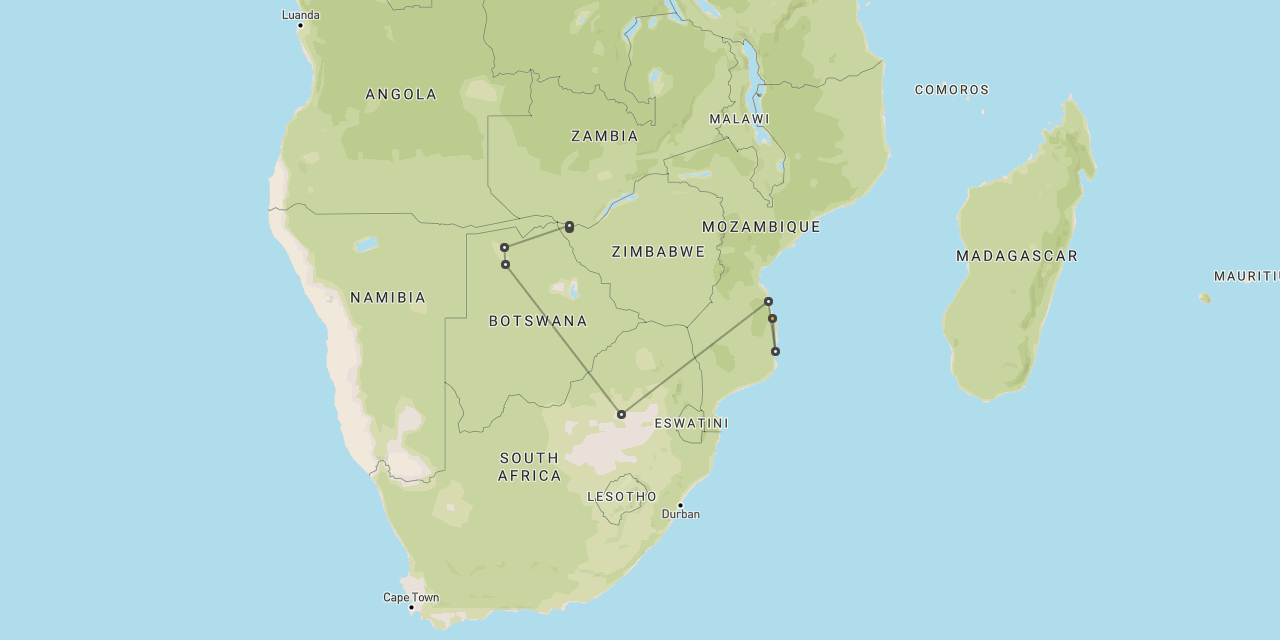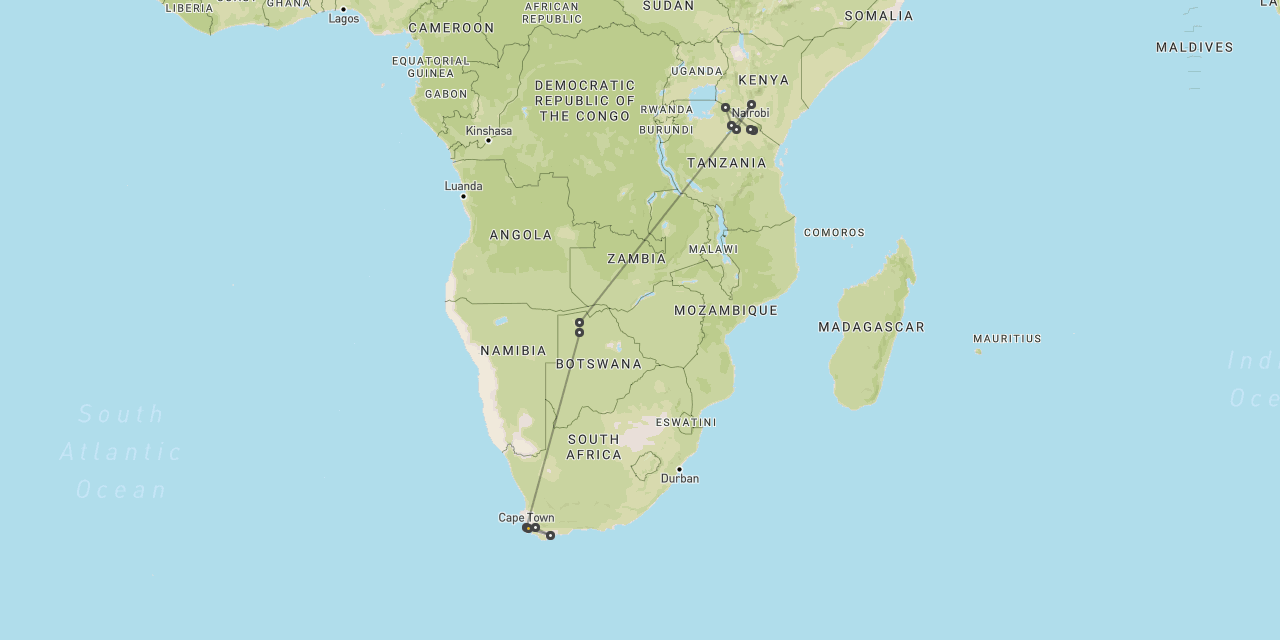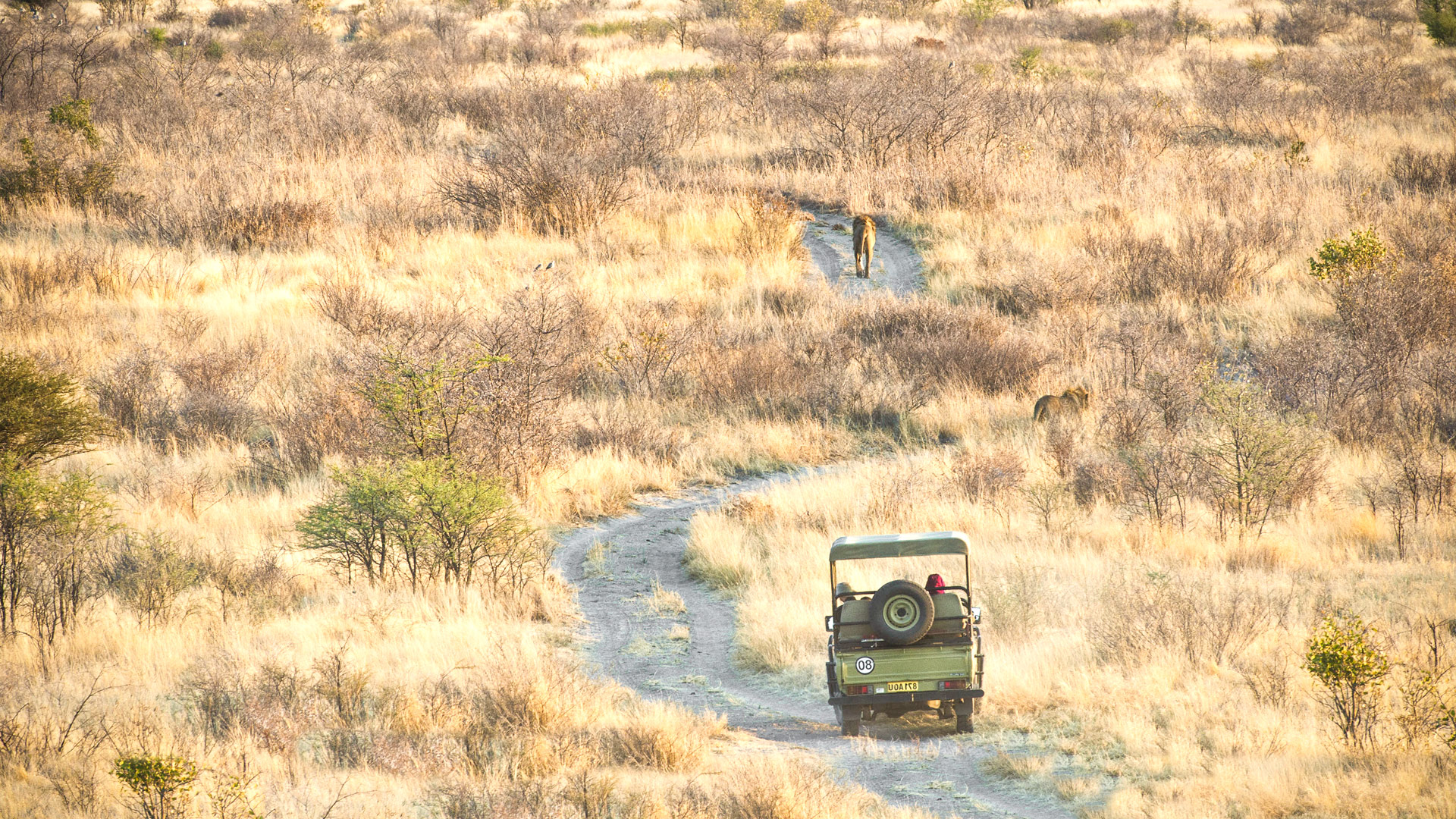
Travel to Central Kalahari
Central Kalahari
is a vast and little-visited
area of Central Botswana
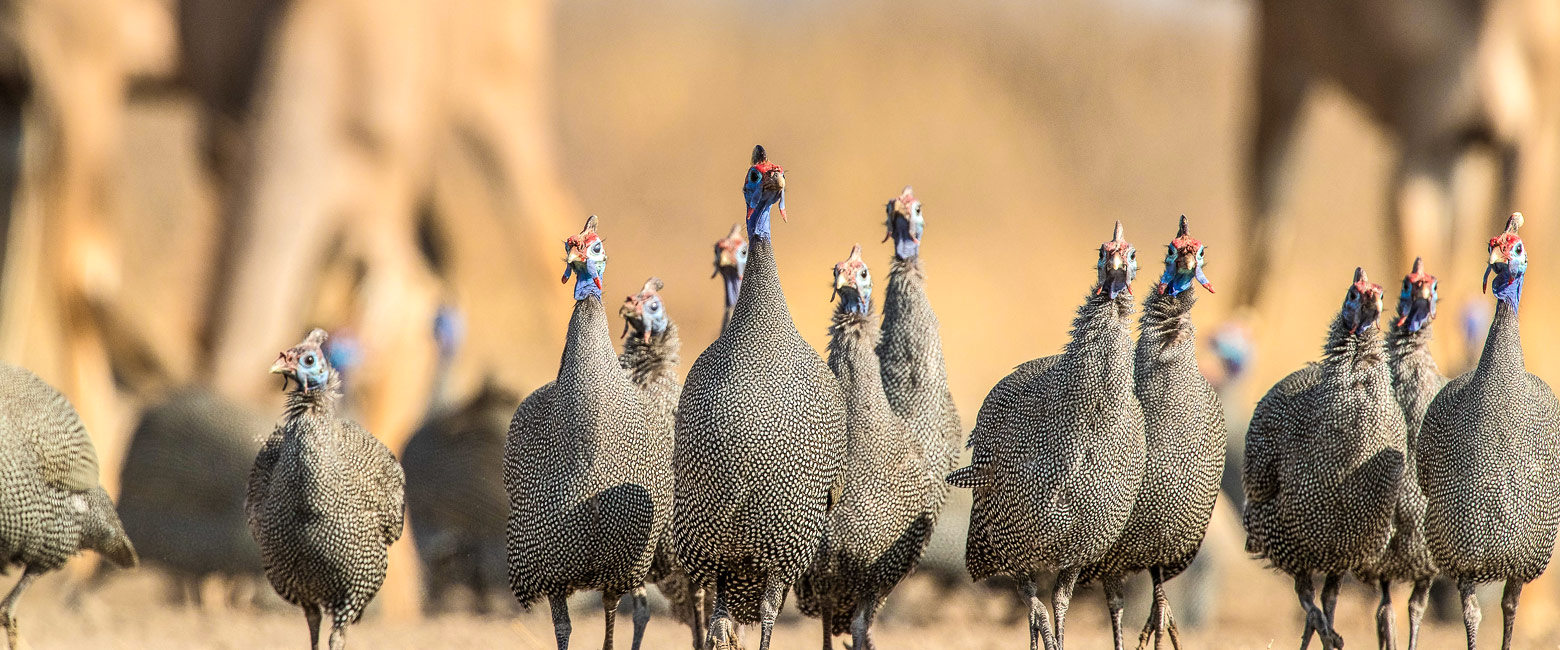
a range of subtle and specialist safari experiences
At 53,200 square kilometres, the Central Kalahari Reserve is four times the size of the Serengeti and represents about 12.5% of the country’s total land area.
It is a vast, arid and relentlessly flat landscape, containing a network of fossilised river beds which, despite being largely dry for hundreds if not thousands of years, still contain the richest soils. When a shower of rain falls, it brings forth a shock of nutritious grass, far preferable to the usual dry grazing.
The area has an absolutely fascinating geology, the story of a lush landscape of grasslands and rivers, long ago overwhelmed by a vast sand-sea, but now being gradually reclaimed by a rich array of flora and fauna.
Visitor numbers into Central Kalahari are extremely low, especially given its vast size, so it remains one of those places where, if you encounter another vehicle, you will most likely pull up, switch off your engines and chat for a while.
A highlight of a visit to Central Kalahari is the chance to interact with local San Bushman people. All of the lodges employ local guides, who can take visitors out on educational walks, to convey something of their understanding of the bush and demonstrate elements of their unique culture.
Although the Central Kalahari area is generally not very well known, it does feature very prominently in two fabulous books, Cry of the Kalahari and Lost World of the Kalahari . A good proportion of visitors have found themselves motivated to travel here after reading one or both of those.
There is no denying the Central Kalahari has some inherent characteristics that many people will find negative, including very flat and apparently featureless landscapes, low wildlife densities and overbearing park regulations that outlaw off-road driving and walking safari.

Gallery
Map
The Central Kalahari area has converse seasons to the main safari areas of the Okavango Delta and Linyanti Waterfront.
During the May-Nov dry season this is a parched land and safari is all about witnessing the struggle for survival in an arid semi-desert, with widely dispersed populations of desert specialists such as springboks, kudus, meerkats, pangolins and aardvarks, plus the renowned brown hyenas and huge black-mane lions.
During May to June, temperatures can drop towards freezing during the night, but there are virtually no insects around.
During Oct-Nov temperatures and humidities can become uncomfortably high, in advance of the rains.
During the Dec-Apr green season, summer rain showers can cause very impressive clustering of migratory wildlife in remote hidden valleys. It’s like a scene from the Garden of Eden, a fleeting bloom of life which bursts forth in an empty desert and then quickly fades. Naturally, this also attracts large concentrations of predators, including cheetahs, leopards, spotted hyenas and aardwolves. Visitor numbers are very low through this period, with the slight exception of the Dec-Jan holiday season.
Getting there
The main safari hub for the safari areas of northern Botswana is the town of Maun, whose international airport has regular connections with Johannesburg and Cape Town.
The properties in the Central Kalahari area are usually accessed by light aircraft either from Maun or directly from other camp airstrips in the Okavango Delta and elsewhere in the Kalahari.
Where to stay
The handful of camps outside the northern border of the reserve are sometimes accessed by road from Maun, a journey of 3-5 hours.
converse seasonality to the main safari areas
let us know your thoughts about Botswana
and we will help you create the perfect safari

Extraordinary tailor-made adventures,
from earthy and edgy to easy and extravagant
From around USD 2500 per person, you set the ceiling
Sample Trips
Here are some of our popular trip shapes

Get started on your trip
It’s never too soon to get in touch, we are here to help with every stage of your planning.
Best Lodges
We regularly inspect and photograph all of the the best lodges, to ensure that we always recommend the most suitable options
Key Locations
Take a look around related locations. Click ‘View more’ to explore locations further afield.










